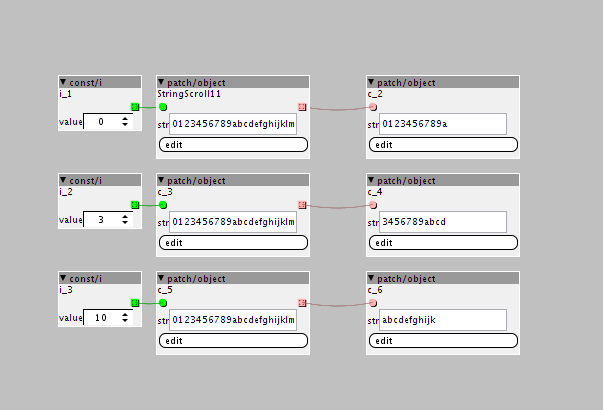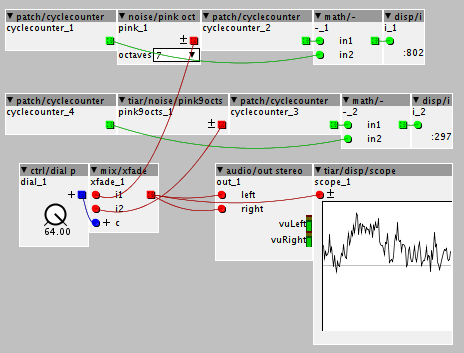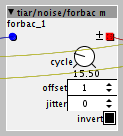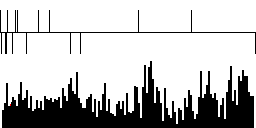great, thanks! hmm, i looked at your font file, nicely done! it made me think. maybe i'll roll my own with "graphic parts", lines, edges, solid filled, all empty, half full etc. that way one could draw simple stuff on the oled.
or asked in a different context, how hard would it be to write an object that reads an array of:
64x32 bits ( to display a "picture" (or a file with predefined arrays that can be selected via an inlet) based on your earlier comments a 128x64 array seems not doable, right? (without adding double buffering and cpu increase)
the array would be two dimensional, 4 bytes in height, 8bytes in depth (turned 90 degrees as your letters are)
or read a one dimensional array like this:
byte, byte, byte, byte <- first two columns of display (spanning all height)
byte, byte, byte, byte <- second columns
etc. you get the idea.
would be great to display simple graphic stuff like this.







